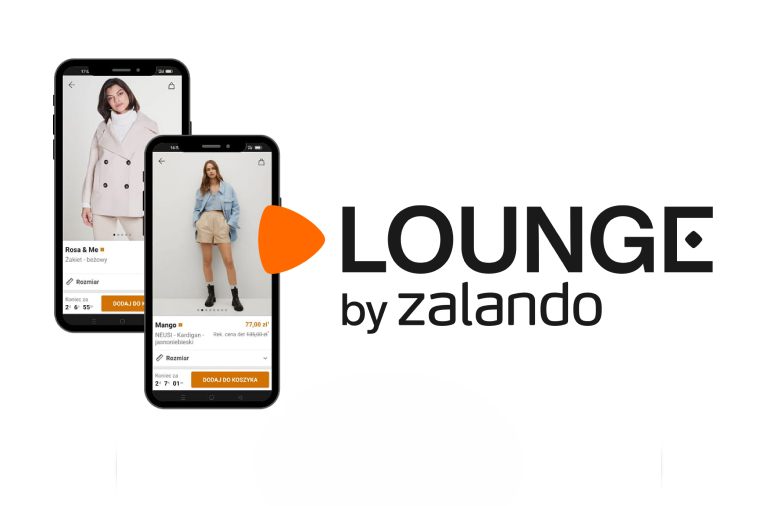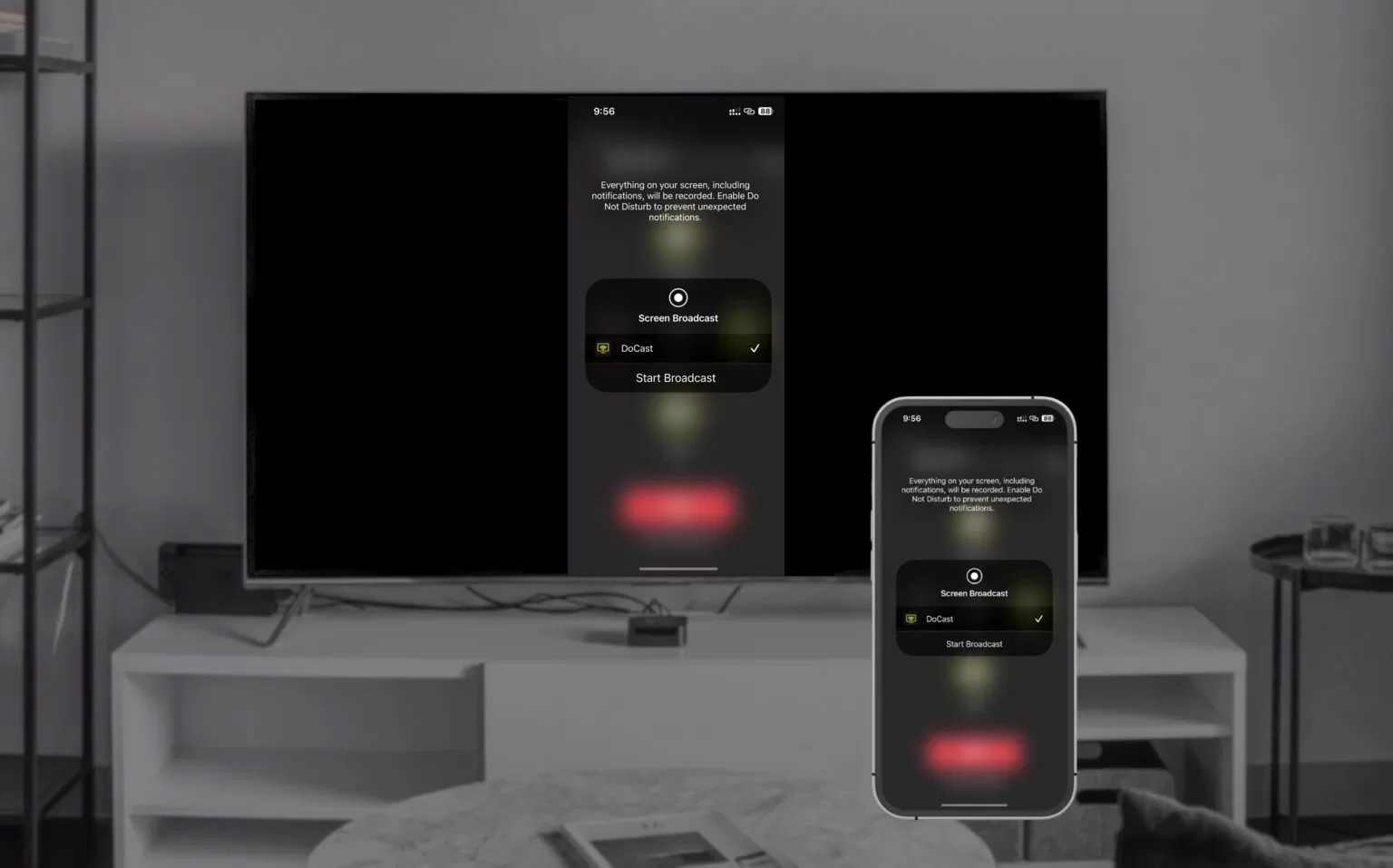




Modern household appliances are becoming smarter by the day, and televisions are steadily regaining their position as the primary source of entertainment in homes.

A few years ago, watching content on a TV required uploading something onto a USB stick or connecting a smartphone to the TV with a cable. Nowadays, this process has both simplified and become more complex at the same time. On the one hand, it's easier—just a few clicks to stream a show like The Boys from your smartphone to the TV in another room without delays, lags, or quality loss. On the other hand, it has become more complicated due to the sheer number of ways to connect devices to your TV, each with its own features, advantages, and disadvantages. Moreover, the connection process can vary greatly depending on the available devices, which adds to the confusion. This guide will provide a brief overview of the main connection methods and when to use each one.
Wi-Fi Direct is a wireless data transmission standard that allows devices to communicate with each other without needing a router. This technology can be used for various tasks, such as sharing files, displaying a smartphone's screen on a TV, or streaming video. In most cases, Wi-Fi Direct is used to transfer content from a smartphone or tablet to a TV, with the TV acting as the "router" in this connection.
One of the main advantages of Wi-Fi Direct is its widespread compatibility. Most modern TVs, smartphones, and tablets support this protocol (it's included in Android 4 and later). It's also very simple to use. You just need to enable Wi-Fi Direct on your TV, then go to the advanced wireless network settings on your smartphone, select the Wi-Fi Direct option, and choose the TV's network name.
However, Wi-Fi Direct is somewhat limited in its functionality. It doesn’t offer the sophisticated features found in protocols like Miracast, DLNA, or AirPlay 2, which allow for transmitting audio or video from multiple devices. Wi-Fi Direct is more of a basic data transfer protocol that laid the foundation for more advanced technologies.
DLNA was created to facilitate the simple transmission of media data over a local network using the TCP/IP protocol. The beauty of this system lies in its ability to connect gadgets within a shared network, allowing easy exchange of multimedia content and files. Devices connected through DLNA act in specific roles, such as network devices (printers, servers), mobile devices (smartphones, tablets), or media players.
In the simplest setups, the computer serves as the media server, while the TV acts as the client. In more complex configurations, a network could involve five or six devices, such as a computer, NAS server, TV, smartphone, and tablet. More advanced systems might also include additional devices like printers or DSLR cameras with wireless capabilities.
DLNA is an excellent option if you want to create a home media network, as it allows you to share content seamlessly across various devices.
MHL is another option for connecting mobile devices to a TV, similar to Miracast and DLNA, but with one key difference: MHL uses a physical cable for the connection. Specifically, this cable is a specialized hybrid of HDMI and USB, enabling easy transmission of 4K video or mobile games to a larger screen with no delays or lag.
While MHL was considered cutting-edge at one point, its relevance has diminished in the wireless age. Wireless protocols like Miracast or Apple Play are far more convenient for most users, as they eliminate the need for specialized cables. Moreover, MHL requires a specific cable with both micro USB/USB-C and HDMI connectors, and both the TV and mobile device must support MHL technology. Unfortunately, not many TVs currently support MHL, and those that do are typically older models.
Miracast is a more advanced version of Wi-Fi Direct. You can think of it as a high-tech version of an HDMI cable but with wireless flexibility. Miracast enables users to mirror the screen of a smartphone, tablet, or laptop to a TV without needing cables.
Connecting devices via Miracast is straightforward: simply enable the feature in your smartphone settings or select the TV icon in your media player. After that, choose the device you want to cast to, and you're good to go. While similar solutions require a Wi-Fi router for connection, Miracast communicates directly between two compatible devices without needing a router.
Miracast is a great option for those who want to quickly and easily share content from their mobile device to a TV without the hassle of network configurations.
You might have heard of Chromecast and confused it with Miracast. Both technologies allow you to stream content from a smartphone to a TV, but they have notable differences.